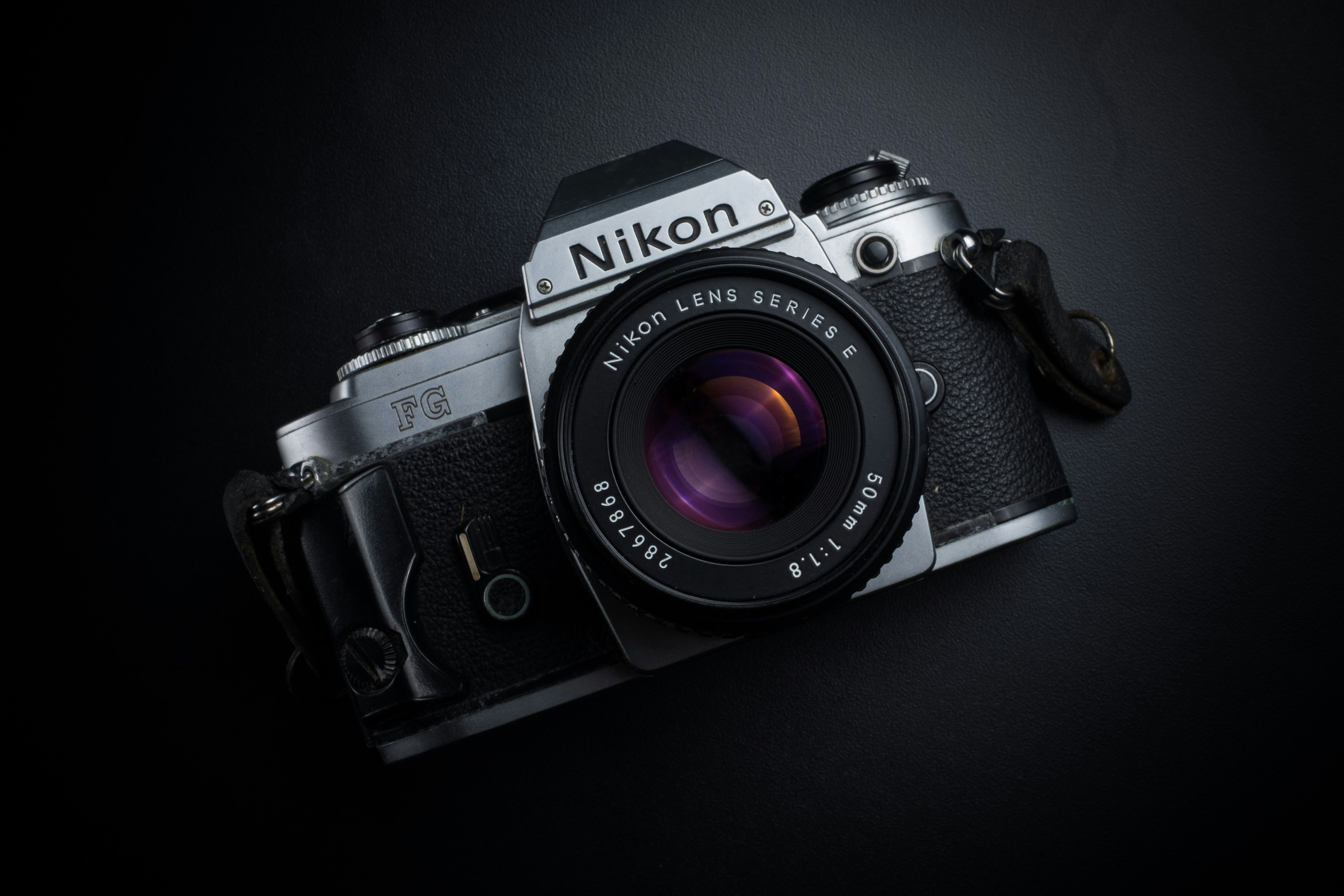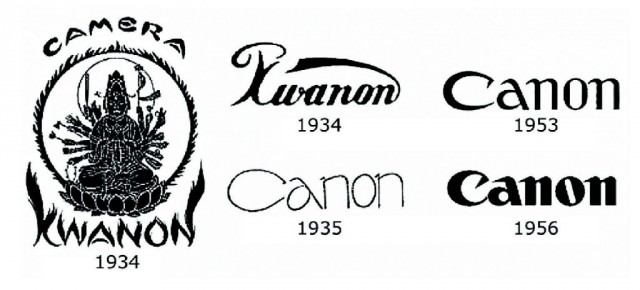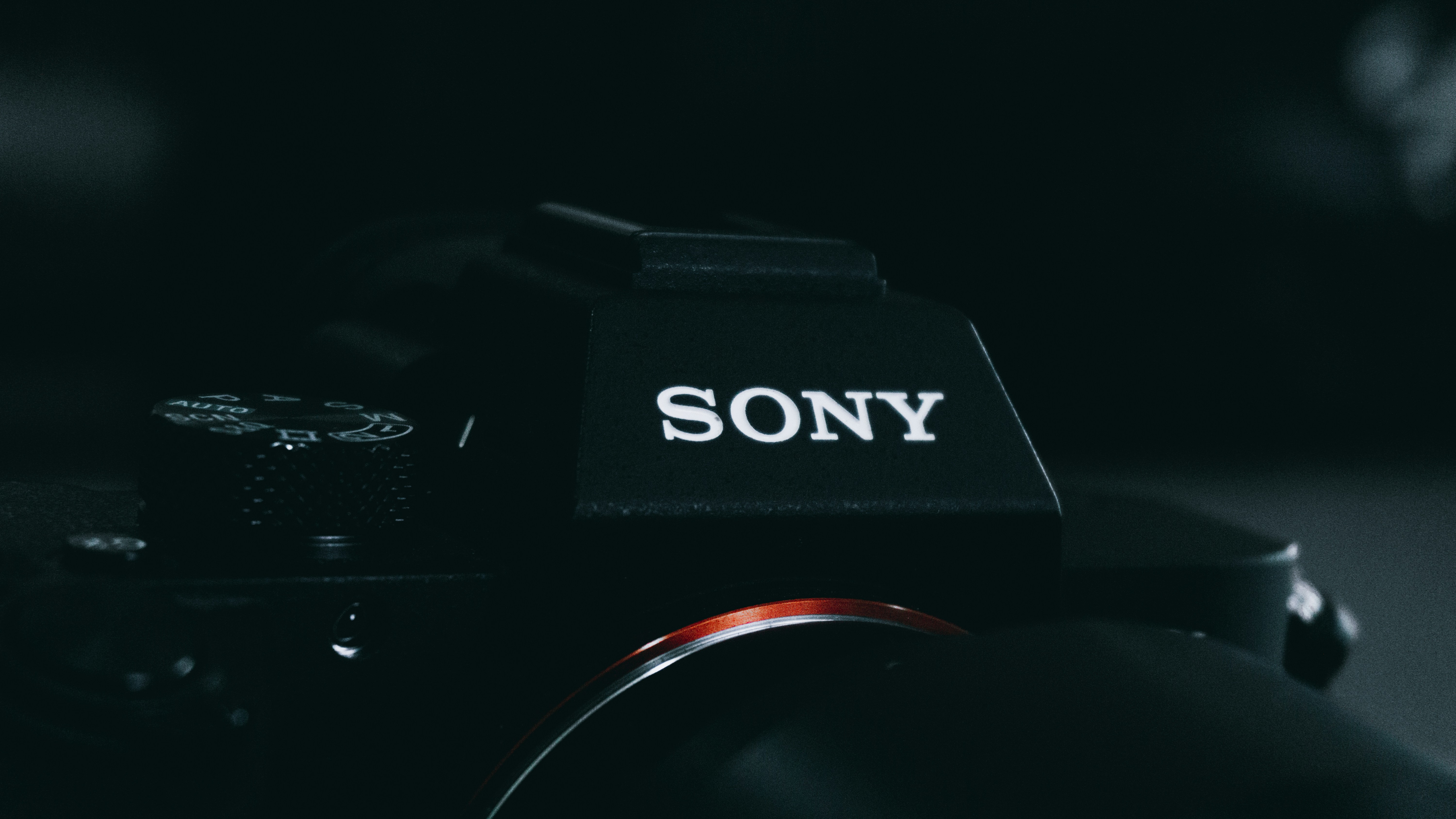Nikon Corporation, known simply as Nikon, has been a cornerstone of the photography industry for over a century. From its origins as an optics manufacturer to becoming a global camera and imaging technology leader, Nikon’s history is marked by innovation, precision, and a relentless pursuit of excellence.
Early Beginnings (1917 – 1930s)
Nikon‘s story began on July 25, 1917, with the merger of three leading optical manufacturers in Japan to form Nippon Kogaku K.K. (Japan Optical Industries Co., Ltd.). Initially, the company focused on producing optical lenses and equipment for various sectors, including microscopes, binoculars, and periscopes.
During the 1930s, Nikon began making significant strides in optical technology, supplying lenses and precision optics to the Japanese military. This period laid the groundwork for the company’s expertise in high-quality lens production, a hallmark of its future success.
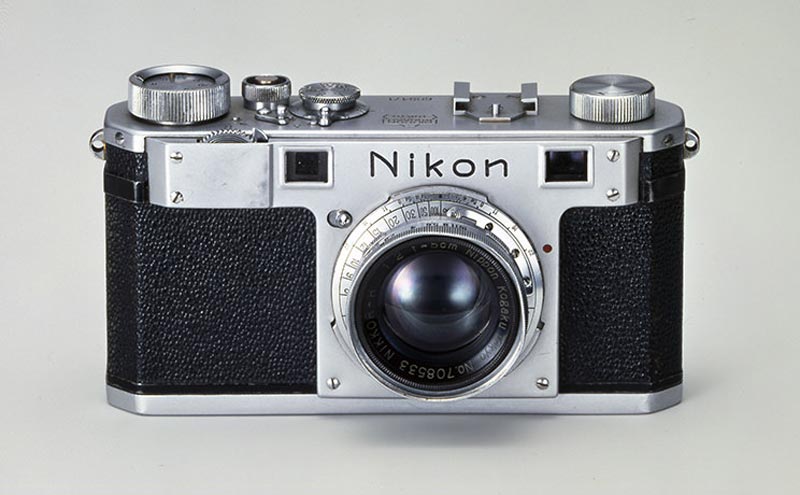
Entry into Photography (1940s – 1950s)
After World War II, Nikon shifted its focus towards the consumer market, recognising the growing demand for photographic equipment. In 1948, Nikon introduced its first camera, the Nikon I, a rangefinder camera that set the stage for the company’s future in photography.
The real breakthrough came in 1959 with the introduction of the Nikon F, a single-lens reflex (SLR) camera that revolutionised the photography world. The Nikon F was robust, and versatile, and came with an interchangeable lens system, quickly making it a favourite among professional photographers and photojournalists. Its success established Nikon as a leading camera manufacturer on the global stage.
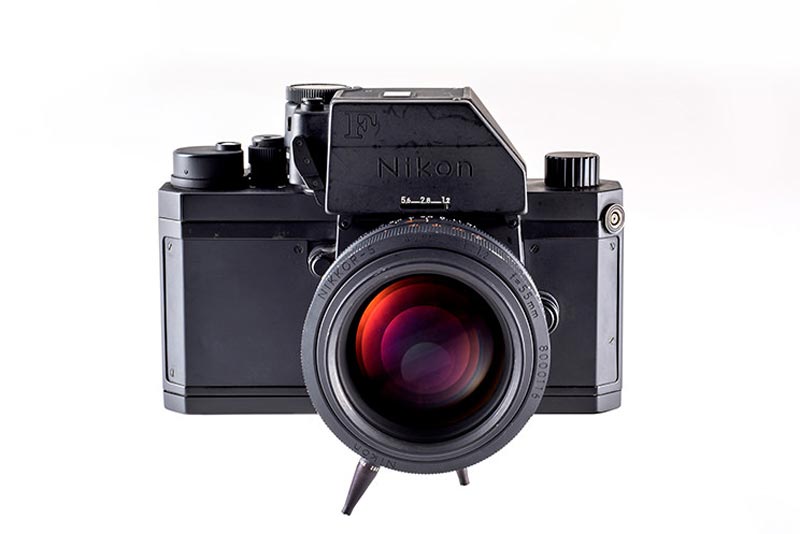
The Rise of SLR Cameras (1960s – 1980s)
The 1960s and 1970s saw Nikon expanding its SLR lineup with innovative models such as the Nikon F2, F3, and the compact Nikon FM and FE series. These cameras were renowned for their durability, precision, and high performance, solidifying Nikon’s reputation among professionals.
Nikon also became a preferred choice for NASA, with modified Nikon cameras used in space missions starting in the late 1960s. This association with space exploration further cemented Nikon’s image as a high-quality and reliable photographic equipment producer.
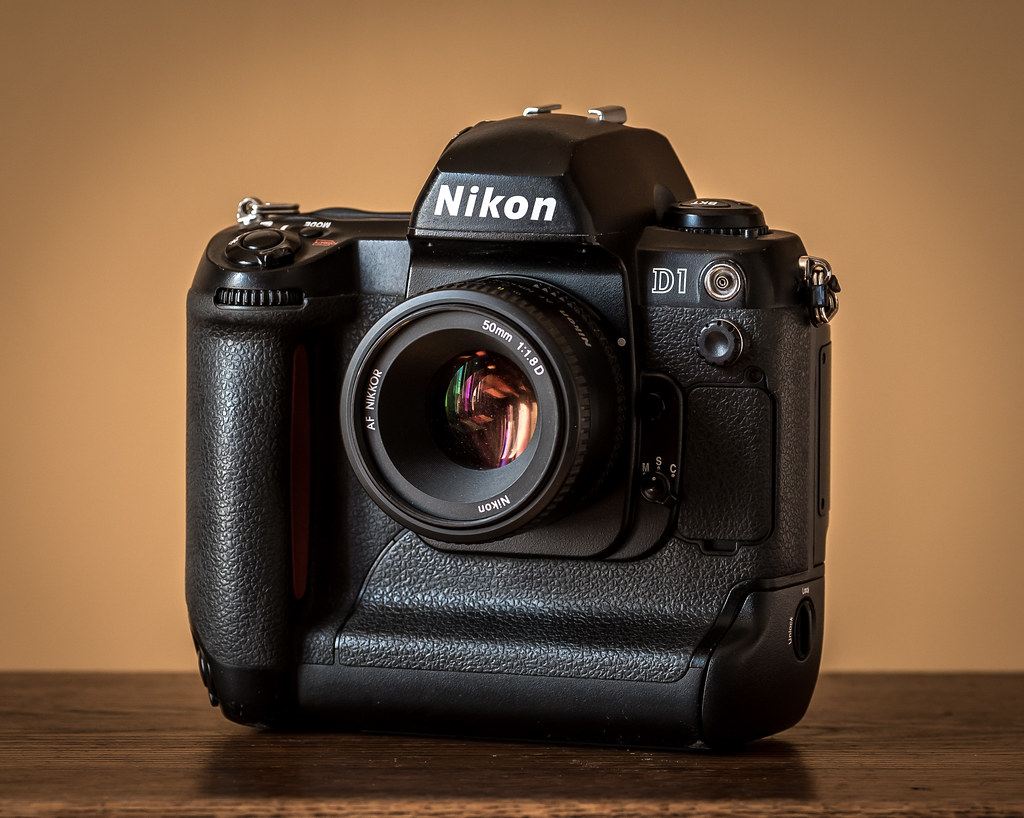
Transition to Digital (1990s – 2000s)
As the digital revolution began to take hold in the 1990s, Nikon adapted by developing digital imaging technology. In 1999, Nikon released its first digital SLR (DSLR), the Nikon D1. The D1 was groundbreaking, offering a 2.7-megapixel sensor and professional-grade features, making digital photography accessible to professional photographers.
Throughout the 2000s, Nikon continued to innovate with its DSLR lineup, introducing models such as the D70, D200, and the highly acclaimed D3. The D3, launched in 2007, featured a full-frame sensor and exceptional low-light performance, setting new standards for professional photography.
Mirrorless and Modern Innovations (2010s – Present)
In response to the growing popularity of mirrorless cameras, Nikon launched the Nikon Z series in 2018. The Z6 and Z7, Nikon’s first full-frame mirrorless cameras, featured a new lens mount, the Z-mount, designed to enhance optical performance and allow new lens designs. The Z series demonstrated Nikon’s commitment to innovation and adapting to changing market trends.
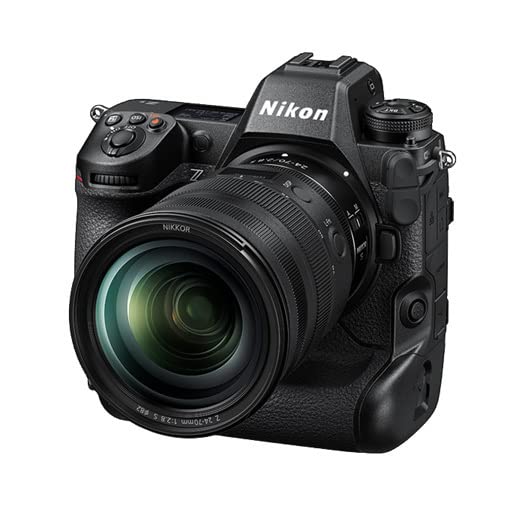
As part of its ongoing innovation in the photography industry, Nikon continued to expand the Z series with notable models like the Z50, a compact mirrorless camera equipped with an APS-C sensor. The series also includes the flagship Z9, which stands out with advanced features such as a 45.7-megapixel full-frame sensor, an advanced autofocus system, 8K video capabilities, and a durable build designed for professional use. Building on the success of the Z9, Nikon introduced the Z8 as a more compact and slightly more affordable option. The Z8 shares many of the high-end features of the Z9, including the same sensor and video capabilities, but comes in a smaller form factor with a single CFexpress card slot. Both the Z8 and Z9 utilise Nikon’s Z-mount system, which provides access to a wide range of high-quality lenses, and both models are praised for their impressive image quality, speed, and versatility.
Nikon’s journey from a small optical company to a global leader in imaging technology is a testament to its dedication to quality, innovation, and meeting the needs of photographers. With a rich history of pioneering developments and a continued focus on pushing the boundaries of what’s possible, Nikon remains a key player in the world of photography, inspiring photographers to capture and create with precision and excellence.

